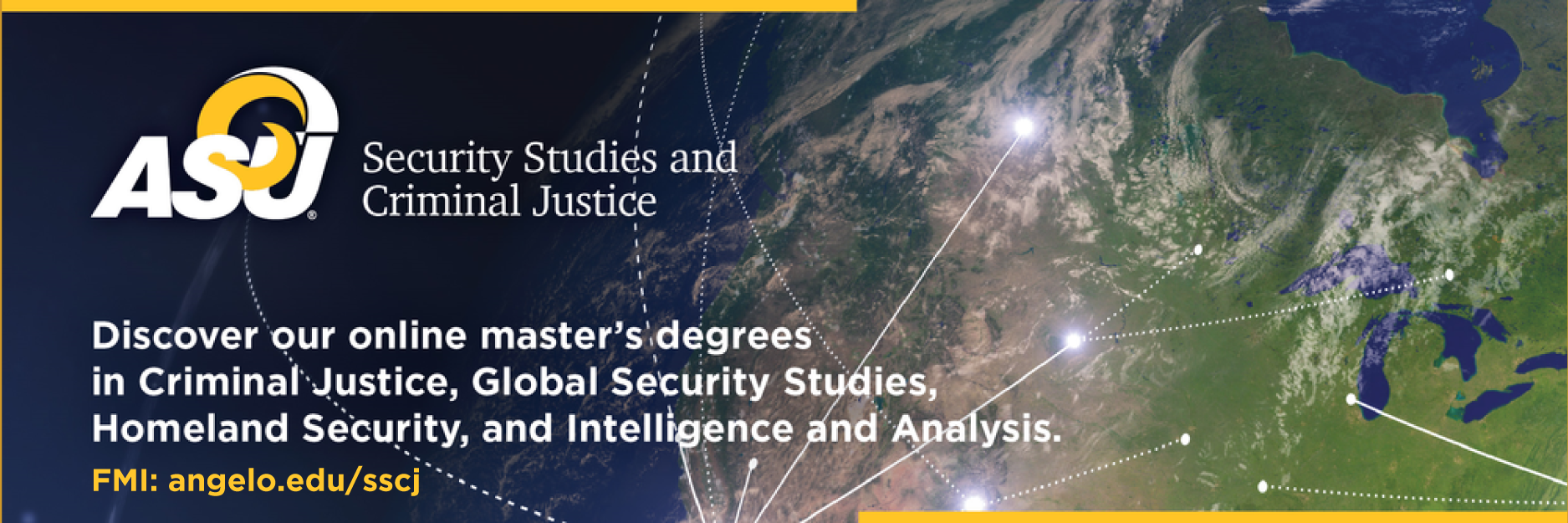Medical interpreters and bilingual school staff: Potential disaster information conduits?
DOI:
https://doi.org/10.5055/jem.2015.0246Keywords:
limited English proficient, disaster communication, medical interpreters, bilingual school staffAbstract
Objectives: Dissemination of trusted disaster information to limited English proficient (LEP) communities may mitigate the negative effects these higher risk communities experience in disasters. For immigrant communities, disaster messages may be perceived with skepticism, and fear of public officials may affect compliance with disaster messages. This study explores whether medical interpreters (MIs) and bilingual school staff (BSS) are already informal information sources for LEP communities, and could their connection to both public service organizations and LEP communities make them ideal efficient, trusted disaster information conduits for LEP communities.
Design: The authors conducted a mixed methods study, which included MI individual interviews, Latino community focus groups, an MI employer survey, and school administrator interviews. Setting: To ensure diversity in the sample, data were collected in both Los Angeles and Seattle.
Results: MIs, MI employers, and schools are willing to communicate disaster information to LEP communities. MIs and BSS are connected to and share information with LEP communities. Latino LEP communities are eager for more disaster information and sources.
Conclusions: The study adds to the evidence that a multipronged approach that includes collaborating with professionals linked to immigrant communities, such as MIs and BSS, could be an effective method of disaster information dissemination. Working with MIs and BSS as part of a wider dissemination strategy would promote a community-based interpersonal flow of information that would contribute to LEP community’s trust in the message.
References
Perry RW, Green MR: The role of ethnicity in the emergency-decision making process. Sociol Inq. 1982; 52(4): 306-334.
Truman BI, Tinker T, Vaughan E, et al.: Pandemic influenza preparedness and response among immigrants and refugees. Am J Public Health. 2009; 99(S2): S278-S286.
Fothergill A, Maestas EGM, Darlington JD: Race, ethnicity and disasters in the United States: A review of the literature. Disasters. 1999; 23(2): 156-173.
Perilla JL, Norris FH, Lavizzo EA: Ethnicity, culture and disaster response: Identifying and explaining ethnic differences in PTSD six months after Hurricane Andrew. J Soc Clin Psychol. 2002; 21(1): 20-45.
Chen AC, Keith VM, Leong KJ, et al.: Hurricane Katrina: Prior trauma, poverty and health among Vietnamese-American Survivors. Int Nurs Rev. 2007; 54: 324-331.
Zoraster RM: Vulnerable populations: Hurricane Katrina as a case study. Prehosp Disaster Med. 2011; 26(2): 138.
Gulati RK, Kwan-Gett T, Hampson NB, et al.: Carbon monoxide epidemic among immigrant populations: KC Washington, 2006. Am J Public Health. 2009; 99(9): 1687-1692.
Vaughan E, Tinker T: Effective health risk communication about pandemic influenza for vulnerable populations. Am J Public Health. 2009; 99(S2): S324-S332.
Marsella AJ, Christopher MA: Ethnocultural considerations in disasters: An overview of research issues and directions. Psychiatric Clin North Am. 2004; 27: 521-539.
Wray R, Rivers J, Whitworth A, et al.: Public perceptions about trust in emergency risk communication: Qualitative research findings. Int J Mass Emerg Disasters. 2006; 24(1): 45-75.
Cordasco KM, Eisenman DP, Gilk DC, et al.: “They blew the levee”: Distrust of authorities among hurricane Katrina evacuees. J Health Care Poor Underserved. 2007; 18(2): 277-282.
Perry RW, Lindell MK, Greene MR: Crisis communications: Ethnic differentials in interpreting and acting on disaster warnings. Soc Behav Pers. 1982; 10(1): 97-104.
Nepal V, Banerjee D, Perry M, et al.: Disaster preparedness of linguistically isolated populations: Practical issues for planners. Health Promot Pract. 2012; 13(2): 265-271.
Messias DK, Lacy E: Katrina-related health concerns of Latino survivors and evacuees. J Health Care Poor Underserved. 2007; 18(2): 443-464.
Messias DK, Barrington C, Lacy E: Latino social network dynamics and the Hurricane Katrina disaster. Disasters. 2012; 36(1): 101-121.
Perry RW, Nelson L: Ethnicity and hazard information dissemination. Environ Manag. 1991; 15(4): 581-587.
Eisenman DP, Glik D, Gonzalez L, et al.: Improving Latino disaster preparedness using social networks. Am J Prev Med. 2009; 37(6): 512-517.
Eisenman DP, Glik D, Maranon R, et al.: Developing a disaster preparedness campaign targeting low-income Latino immigrants: Focus group results for project PREP. J Health Care Poor Underserved. 2009; 20(2): 330-345.
Dedoose: Web Application for Managing, Analyzing, and Presenting Qualitative and Mixed Method Research Data. Version 4.5. Los Angeles, CA: SocioCultural Research Consultants, LLC, 2013. Available at www.dedoose.com. Accessed August 7, 2013.
Lincoln YS, Guba EG: Naturalistic Inquiry. Beverly Hills, CA: Sage, 1985.
IBM Corp.: IBM SPSS Statistics for Windows, Version 19.0. Released 2010. Armonk, NY: IBM Corp.
Karliner LS, Jacobs EA, Chen AH, et al.: Do professional interpreters improve clinical care for patients with limited English proficiency? A systematic review of the literature. Health Serv Res. 2007; 42(2): 727-754.
Andrulis DP, Siddiqui NJ, Gantner JL: Preparing racially and ethnically diverse communities for public health emergencies. Health Aff. 2007; 26(5): 1269-1279.
Kai J, Beavan J, Faull C: Challenges of mediated communication, disclosure and patient autonomy in cross-cultural cancer care. Br J Cancer. 2011; 105(7): 918-924.
Butow PN, Goldstein D, Bell ML, et al.: Interpretation in consultations with immigrant patients with cancer: How accurate is it? J Clin Oncol. 2011; 29(20): 2801-2807.
Zoraster RM: Working with interpreters during international health responses. Disaster Med Public Health Prep. 2011; 5(2): 159-163.
Shiu-Thornton S, Balabis J, Senturia K, et al.: Disaster preparedness for LEP communities: MIs as cultural brokers and gatekeepers. Public Health Rep. 2007; 122(4): 466-471.
Hilfinger Messias DK, McDowell L, Estrada RD: Language interpreting as social justice work: Perspectives of formal and informal healthcare interpreters. Adv Nurs Sci. 2009; 32(2): 128-143.
Published
How to Cite
Issue
Section
License
Copyright 2007-2023, Weston Medical Publishing, LLC and Journal of Emergency Management. All Rights Reserved






